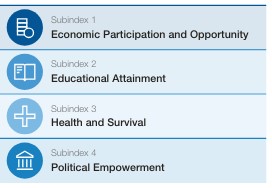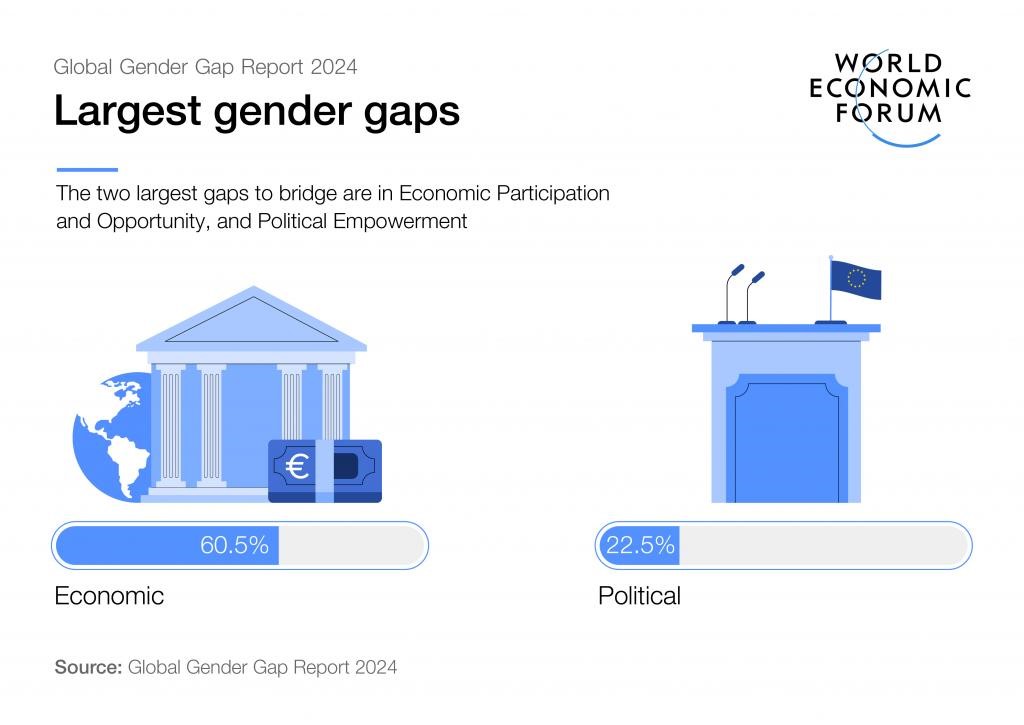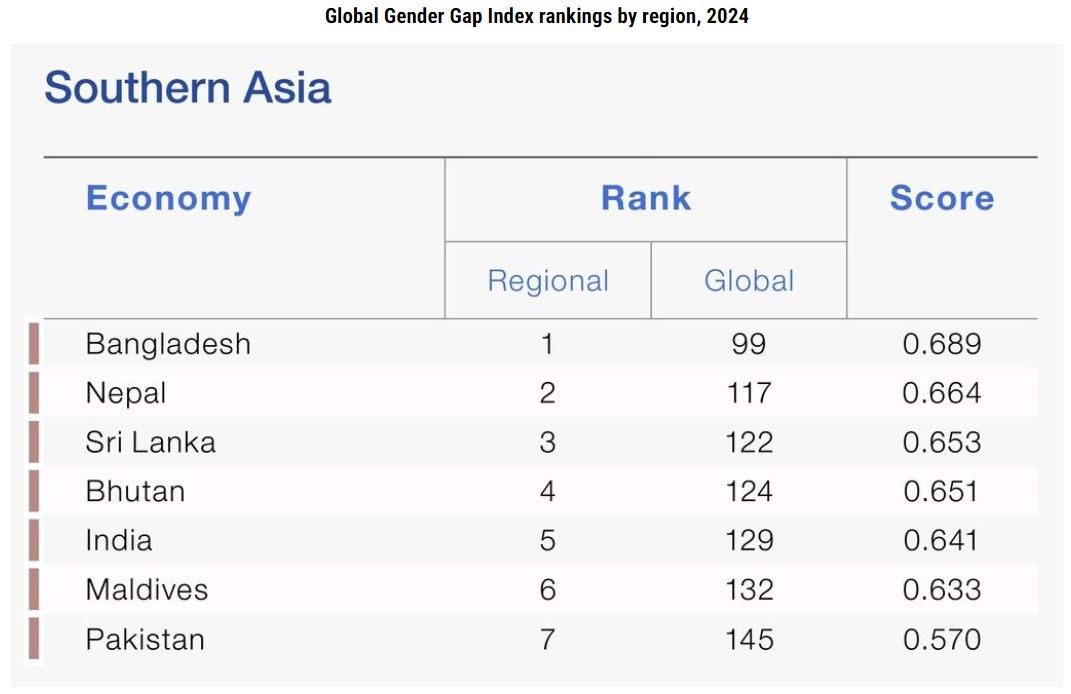Recently, scientists at the Physical Research Laboratory (PRL) discovered three craters on Mars.
Tharsis is a vast volcanic plateau centered near the equator in the western hemisphere of Mars. The region is home to the largest volcanoes in the Solar System.
SHARAD is a subsurface sounding radar mounted on the Mars Reconnaissance Orbiter (MRO) probe.
|
International Astronomical Union (IAU) |
|
References
Recently, Ashwatthama, a Dasara elephant, died due to alleged electrocution in Karnataka.
References
Scientists at the CSIR-Indian Institute of Chemical Technology (IICT) have identified microalgae as a potential protein supplement.
|
Chlorella Growth Factor (CGF) |
|
Reference
Recently, the Global Gender Gap Report 2024 was released by the World Economic Forum (WEF).

Highlights of the report, 2024
Global

India’s status in 2024

References
Renaming of sites in Uttarakhand
The Centre approved the Uttarakhand government’s proposal for renaming the Joshimath and Kosiyakutoli.
Reference